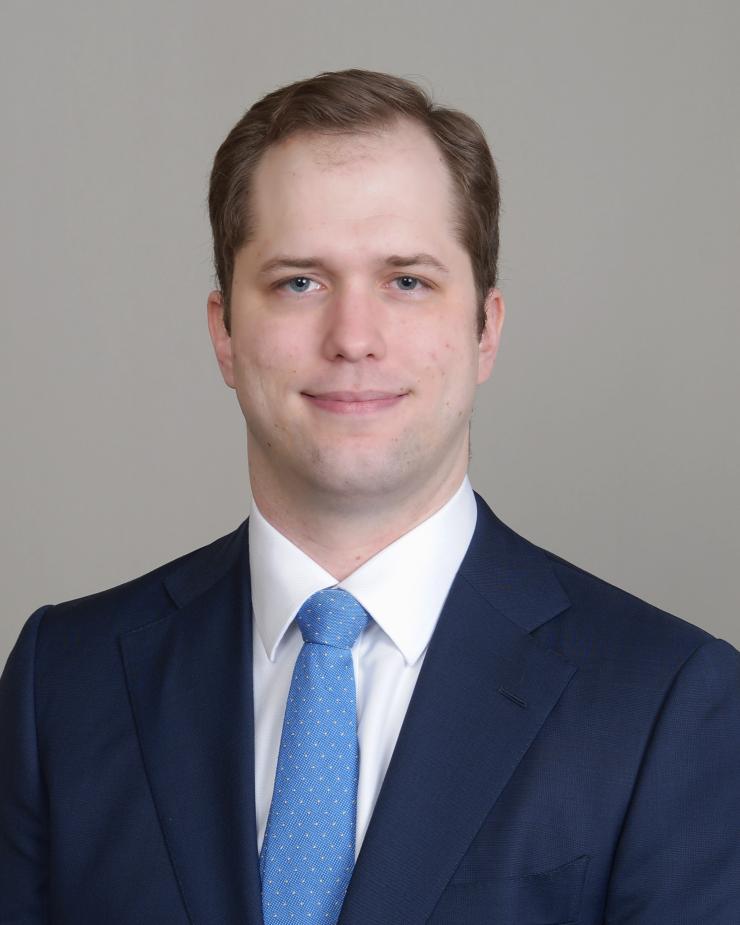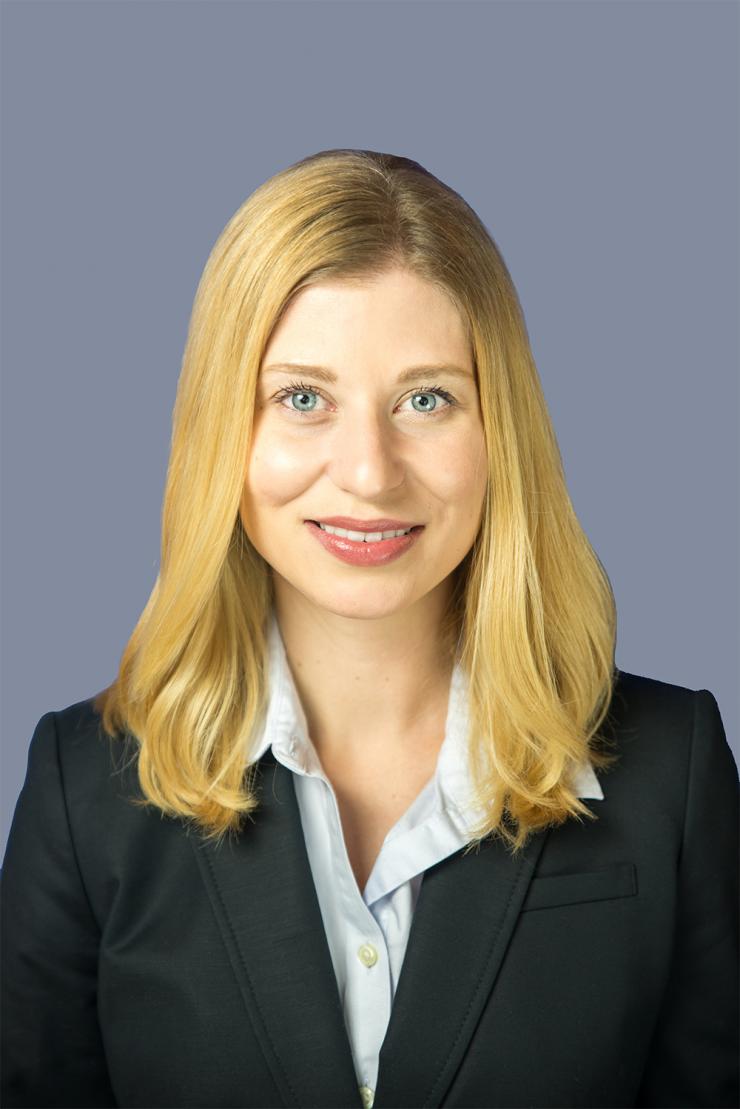Mentored Residents Awarded Scholarships from the STSA
Dr. Christopher Ryan and Dr. Ashley Dawson, general surgery residents, received the James W. Brooks Resident Scholarship from the Southern Thoracic Surgical Association (STSA). As stated on the STSA website, the award "seeks to identify and encourage general surgery residents who are committed to pursuing a career in cardiothoracic surgery." The primary selection criterion was displaying a significant dedication to the field of cardiothoracic surgery through community service, education, and leadership. The program typically includes funding to allow awardees to travel to the annual meeting. Due to the COVID-19 pandemic, this year’s awardees will instead be afforded the opportunity to receive mentorship in career planning from an STSA member cardiothoracic surgeon.

Dr. Christopher Ryan is a general surgery resident in the research track at Baylor College of Medicine. He is currently receiving NIH/NHLBI funding through the T32 Research Training Program in Cardiovascular Surgery and is studying cardiac regeneration, gene therapy, and heart failure with Dr. Todd K. Rosengart, professor and DeBakey-Bard Chair of Surgery.

Dr. Ashley Dawson is a general surgery resident at McGovern Medical School at UTHealth who is doing research with Dr. Scott A. LeMaire, professor and vice-chair for research in the Michael E. DeBakey Department of Surgery, and Dr. Ying Shen, professor and director of the Aortic Disease Research Laboratory. Dr. Dawson’s career interest is cardiac surgery. She is currently receiving funding through the American Heart Association Strategically Focused Vascular Disease Research Network Fellowship, and is studying sex-based differences in cell populations and gene expression in ascending aortic aneurysms.










